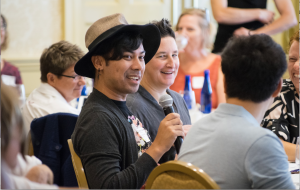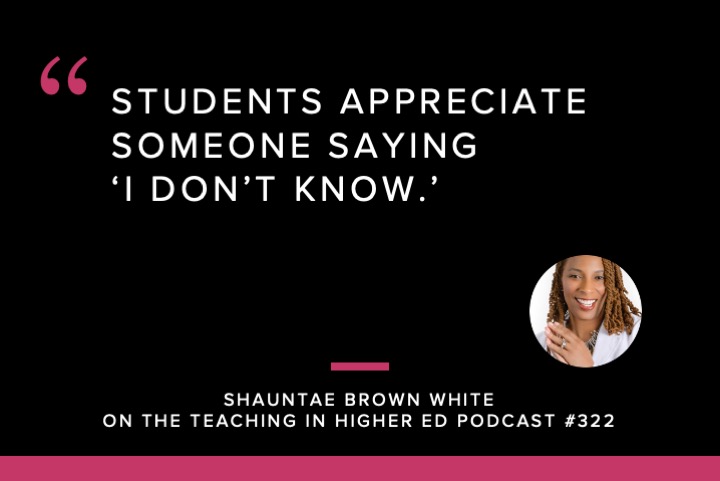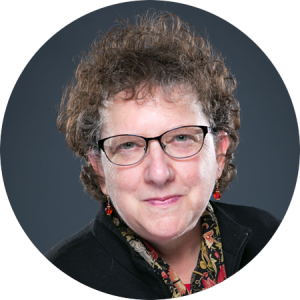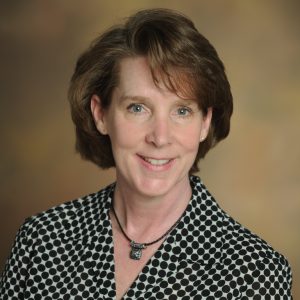Interview: Jonathan Zimmerman on the History of College Teaching
In his provocative new book, The Amateur Hour: A History of College Teaching in America, historian Jonathan Zimmerman chronicles more than 200 years of the quality of instruction in higher education. It’s a history filled with noble but failed efforts to improve and reform college teaching, marked by student-led protests and solitary campaigns led by individual professors or administrators. These efforts repeatedly stumble and stall across different eras, Zimmerman argues, for similar reasons: A reluctance to identify and embrace evidence-based teaching practices using the same professional standards established for research and scholarship.
In this interview with ACUE, Zimmerman, a professor at the University of Pennsylvania Graduate School of Education, shares lessons from the past, what he believes may be different about our current moment, and what it means for the future.
What’s Amateur Hour about and why did you decide to write this book?
We had a thousand monographs on the history of the American university, some of which addressed teaching in a tangential way. But, believe it or not, there was not a single monograph about how American professors have taught and how college students have learned over time.
I first started to imagine writing the book at an online teaching seminar several years ago. One side said it’s going to make “everything” better and the other side said it’s going to make everything worse. But what is everything? You need a baseline for what everything is to say something will make it better or worse. I wanted to write a book about what worked–or not–over time so that we could discuss how to make it better–or what’s making it worse.
What are some common throughlines chronicled in your book between the different efforts to improve college teaching over time?
The most important is the quest for a more “personal” form of instruction. The biggest inhibitor to reforms is the research ethos, which by definition is premised on abstract and theoretical knowledge that is–at least in theory–impersonal. Teaching has always been seen as too idiosyncratic or personal to be systematized and organized around any sort of professional code.
And I understand this reluctance. Teaching is personal. Our identities are tied up in it. How could you possibly make the rules around something that is so idiosyncratic? Won’t those rules remove some of the joy and the inspiration and the charisma from it?
So I understand why teaching is both art and science, but we need to make it more scientific, where we’re trying to learn more about what works and what doesn’t. I think this gets really to the heart of ACUE’s work, which is that there is a proven science behind teaching that not only benefits the students but creates a culture of peer engagement and review around teaching as well.
Why did you pick The Amateur Hour as a title?
I want people to understand how much effort has gone into changing college teaching over time. Every campus had a few people who were renowned as excellent teachers, and this book tells many of their stories, but they were rarely known beyond their own institutions.
The reason I use “amateur” to describe college teaching is not because people do it badly, because amateurs can be really good. To say somebody is an amateur doesn’t mean they’re bad or ineffective. What it means is that there isn’t really that professionalizing dynamic, a code of accepted professional standards, which peers try to enforce surrounding their behavior.
Who’s an important or interesting character from your book?
Fred Keller jumps out because his innovation most directly prefigures our current moment of asynchronous online learning. He was a behavioral scientist at Columbia, and he found the lecture system of teaching and learning utterly inadequate. On sabbatical in the 1960s he goes to Brasilia, this new hyper-modernist capital in the middle of Brazil meant to be a streamlined exemplar of modern and efficient government and society. He develops the Personalized System of Instruction (PSI), which was actually pretty simple. It broke a course down into a set of modules, each with a set of reading and writing materials. You’d complete the module and a proctor would test you. It was entirely self-paced and if you passed, you moved onto the next module. There was no other grading.
Keller comes back to America and becomes an evangelist for PSI as a way to provide more ‘access’ to formerly underserved populations. And it has this incredible flash—at some institutions 25% of courses are taught this way—and fizzle. A big reason it flops is that it didn’t work for the least prepared students. They came in with poor reading and writing skills and they washed out of the course.
I think Keller was right in his critique of conventional higher education as an elitist institution that reinforces the inequalities and failures of society. And the idea behind his solution, which is a forerunner to mastery learning, sent the right message that all students can succeed.
But it ended up exacerbating inequalities, which to me is a reason to be concerned about our current moment.
What’s different about this moment?
I hope that when people read my book they are inspired to learn about some of the more recent efforts at reform—like what ACUE is doing. There is a big and growing body of knowledge and expertise about how to do online instruction well, and I think we’ve learned a lot in the past two decades.
The biggest difference, in this current moment, is that everyone is being forced to learn via machines. Up until now, the machines were for newcomers to the system—that is, to provide more “access” to formerly underserved populations. Now, for the first time, we’ve all been thrown into the same mechanistic pool. So one of the big questions I have about this moment is the role of students. In researching this book, I was surprised—and energized, and ultimately depressed—by the large amount of organized student activity and protest around college teaching—every era except ours! If anything, I didn’t highlight this enough in my book, which is that students will need to speak out more for things to get better.
Jonathan Zimmerman is a historian of education who is a Professor of History of Education at the University of Pennsylvania Graduate School of Education.










